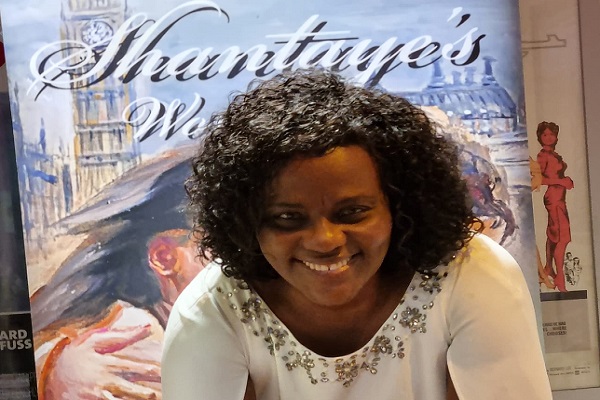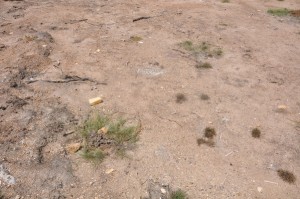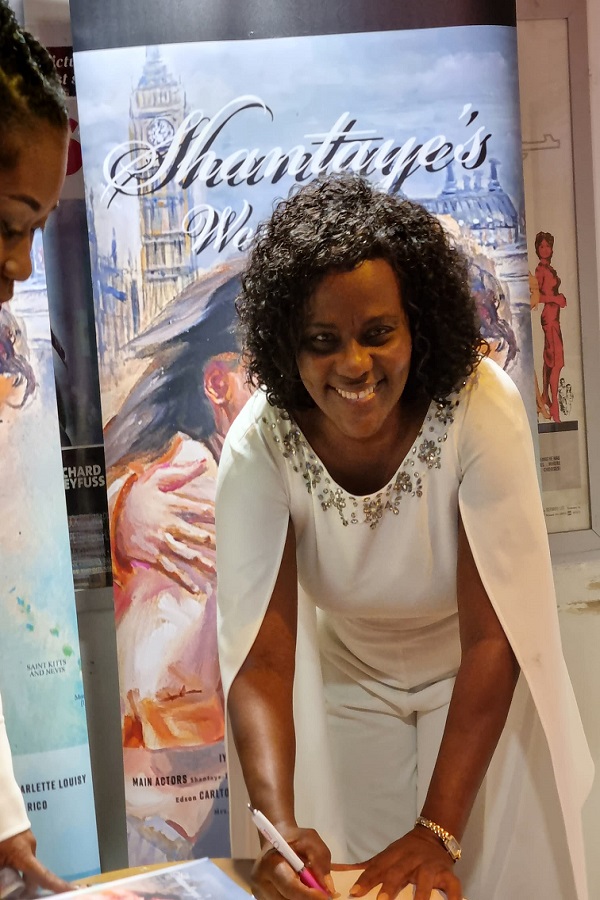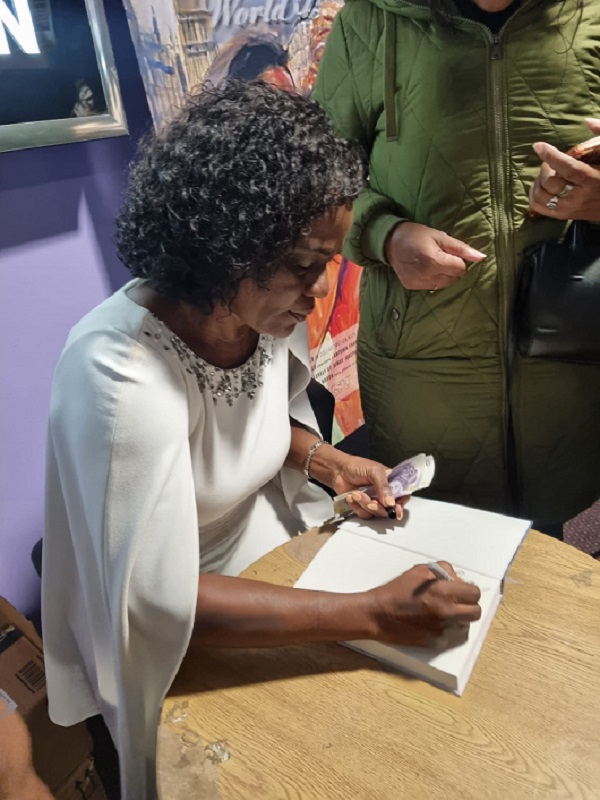Mathurine Emmanuel latest film, Shantaye’s World, which she produced and also acted in, was sold out when it was recently screened in Peckham, South London. People came from all walks of life, to see the Saint Lucian produced film, with some even making a 140 mile round trip just to see it. The film was screened to a predominantly female audience. However, because the cinema was full to capacity, some people had to be turned away. Such was its popularity!
Emmanuel, the sixth of twelve children, was born and raised in Saint Lucia. She got her flair for acting when she was only eight years old. Then, she wrote short scripts and performed in the yards of the sick and elderly to entertain them. Her high-spirited performances were always rewarded with coins that she took home to her hard-working mother.
Aged sixteen, the teenager began her teaching career in her local community of Desruisseaux, Micoud. There, she began to implement her knowledge of drama, in an effort to help children who lacked confidence in subject areas such as mathematics. Using those techniques, she helped to support and strengthen the learning experience of the children she taught.
After teaching for more than 19 years, she decided to take her gift of acting and screenwriting to a new level when she was asked to produce an educational film with the Substance Abuse Secretariat, on the prevention of HIV.
Although the resulting feature length film received critical acclaim in Saint Lucia, Emmanual didn’t feel that it was her best work, and was determined that she would learn and grow from her first film production.
Emmanuel is a very accessible person, she is thoughtful and caring and engages well with people. As an independent film maker, she has many roles. In one such role, she’s had to fundraise and finance her film-making career, which is often fraught with many challenges. Nonetheless, in so doing, she has succeeded and has come up with different strategies to raise funds, while keeping within the confines of a budget. Her unshakable determination and strong work ethics were gleaned from her mother who taught her the importance of remaining focused and making small progressive steps towards her goals.
Emmanuel has produced a total of four feature length films: Ribbons of Blue, Troubled Waters, Nana’s Paradise, and Shantaye’s World. Ribbons of Blue, a story of family relationships, won the 2003 M&C Award for best film, and the 2005 New York Independent Film Festival Award Winner for Best Director.
She recently received an Honorary Doctorate degree from the University of Greenwich for her inspirational and informative films, that continue to inspire young people within the Caribbean region, the United Kingdom and United States.
Her latest film, Shantaye’s World is the story about an enduring love that survives across ocean’s and time; despite efforts to suppress it, from both sets of parents and relatives. This coming-of-age film is seen through the reflective eyes of an older woman; perhaps that would explain why the audience were predominantly female. Nonetheless, this is a family film and this was reflected in the age ranges of the audience.
The film is set against the backdrop of the lush countryside of rural Saint Lucia in the 1940’s and in England, during the 1960s.
The school scenes brought back memories of my own schooling in Guyana because of the similarity of the learning experience and memories of socialization through the playground rhymes, came flooding back. It made me realise that the education systems throughout the Caribbean, whether Francophone or Anglo-phone, had a common thread running through it; making it almost identical in its European influences. The scene, in which the children were reciting the multiplication tables made me remember that I was taught that way, and then because of migration, had to adapt to the nuances of another country’s educational system.
The film seemed to draw upon, and consolidate many things in my memory. There was a familiarity about it that emanated from some of my favourite books as a child. The young Shantaye Anderson, being free-spirited, feisty and very intelligent, reminded me of the young girl, Scout, in to Kill a Mocking Bird.
Another scene that brought back memories, was the way that the clothes were hung out on the bushes. I saw for that for the first time when I visited Ghana in 2019. That made me think about the connectedness between, Saint Lucia, the wider Caribbean, and West African traditions. Even though the linguistic differences could hinder communication, there was a sense of solidarity and belonging to the wider community through recognised shared experiences.
The film is predominantly in English, but with subtitles when the actors speak in Saint Lucian Creole. Although skimming the surface of the Windrush experience, Emmanuel managed to capture the experience of many women who had to leave former partners behind. She also highlighted the plight that many suffered in the newly established National Health Service. Overt racism and prejudice were also highlighted in the housing conditions, along with the attitudes and other hostilities that were part of daily life for people of Afrikan decent, upon their arrival in England.
Overall, the film was very good and the acting of the young Shantaye deserves a special mention too. However, I spotted two inconsistencies that were not relevant to the time period, and if left out, would not have detracted from the understanding and enjoyment of the film. Nonetheless, I highly recommend this feature film, and the book, Shantaye’s World, written by Mathurine Emmanuel.






